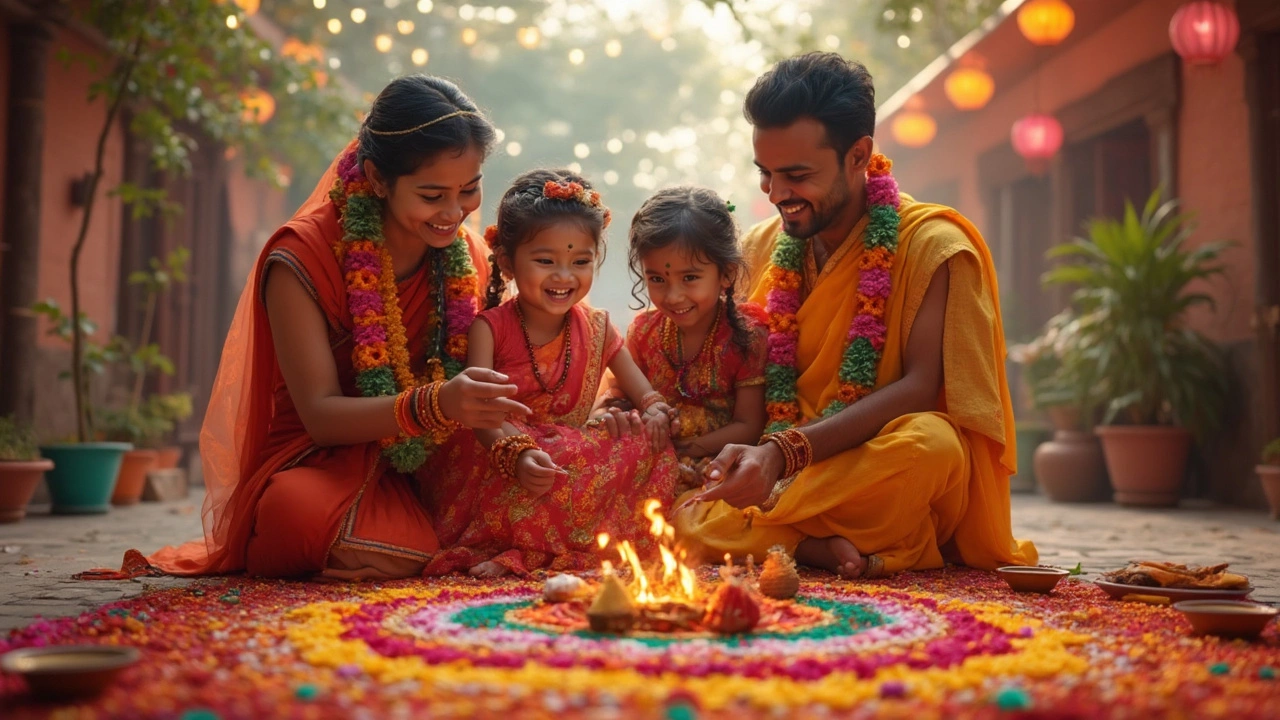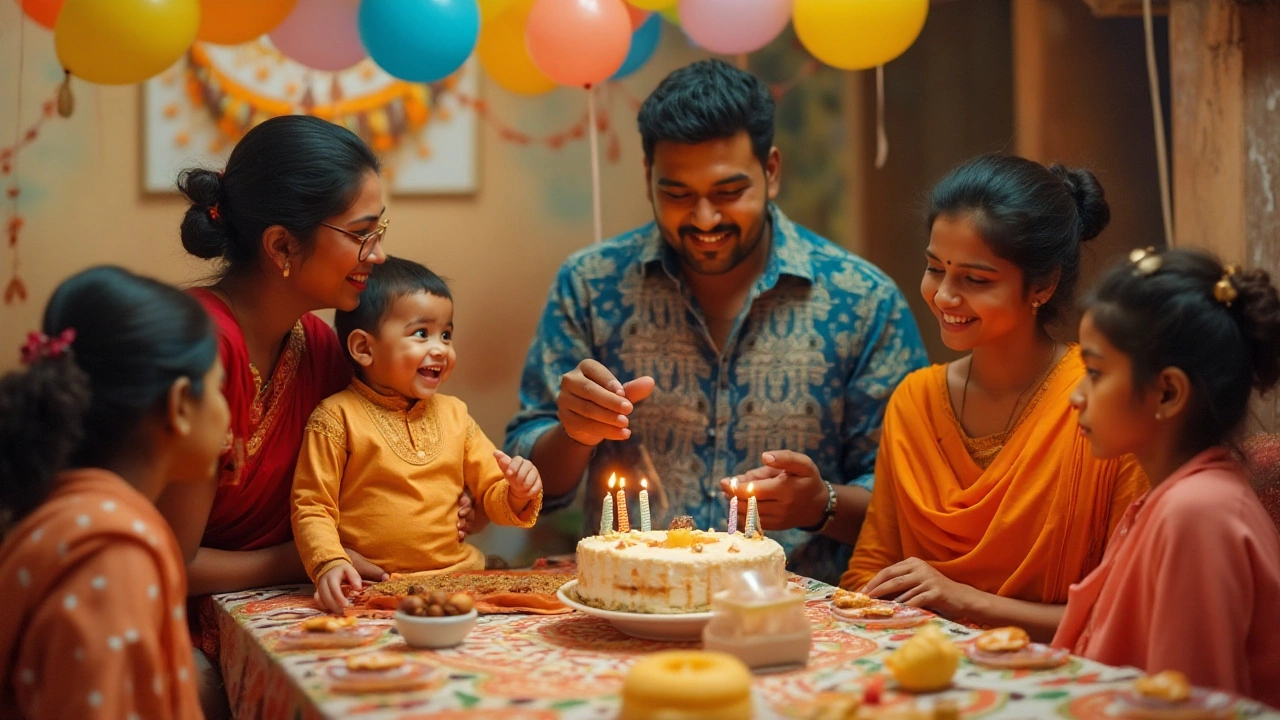Traditions – Indian Culture, Festivals, and Everyday Rituals
When we talk about traditions, the shared habits, rituals, and customs passed down through generations. Also known as cultural heritage, they shape how communities celebrate, communicate, and remember. In India, traditions weave together language, food, clothing, and ceremony, creating a vivid tapestry you see in everything from rural weddings to bustling street fairs. Each region adds its own flavor—think of Kerala’s boat races, Rajasthan’s desert festivals, or Bengal’s Durga puja—yet the underlying idea remains the same: a collective memory that binds people together across time.
One major pillar of Indian traditions is festivals, seasonal celebrations that blend mythology, music, and communal feasting. Events like Diwali, Holi, and Baisakhi aren’t just holidays; they act as anchors for family rituals and regional identities. Festivals often dictate the timing of specific customs, from lighting lamps to exchanging sweets, linking personal memories to broader cultural narratives. They also fuel local economies—artisans sell handcrafted décor, chefs experiment with regional dishes, and performers showcase traditional dance—so the celebration becomes a living laboratory for preserving arts while encouraging new interpretations.
Everyday greetings, the polite words and gestures used to acknowledge each other form a subtle but powerful tradition. In Punjabi culture, a simple “Sat Sri Akal” can turn into elaborate wishes during Lohri or Baisakhi, showing how language adapts to festive contexts. Across India you’ll hear “Namaste” in the north, “Vanakkam” in the south, and “Kem Cho” in Gujarat—each phrase carries its own etiquette, hand gestures, and even eye contact rules. In the digital age, emojis and short status updates have become modern extensions of these greetings, yet the core intent—respect, goodwill, and connection—remains unchanged.
Key Elements of Indian Traditions
Beyond festivals and greetings, rituals form the backbone of every tradition. Purification rites, ceremonial cleansings performed before major events—whether a quick hand wash before meals or a full‑body bath before a wedding—symbolize the desire to start anew. Marriage ceremonies, for instance, blend Vedic chants, fire rituals, and regional attire, creating a multi‑layered experience that reinforces family bonds. Food traditions, such as the preparation of sweets during Diwali or the communal sharing of ‘langar’ in Sikh temples, illustrate how taste becomes a vessel for cultural storytelling. Even clothing—like the draping of a saree or the donning of a turban—carries symbolic meanings that signal status, occasion, and regional pride.
Understanding how these threads intersect helps you see why Indian traditions stay vibrant while evolving with modern life. They aren’t static rules; they’re living practices that adapt to technology, travel, and changing social norms. For example, traditional wedding vows now appear in video calls, and classic folk songs find new life on streaming platforms. This flexibility ensures that each generation can keep the essence of its heritage while adding its own voice.
Below you’ll discover a hand‑picked collection of articles that dive deeper into inspirational quotes, the meaning behind national mottos, and the subtle ways everyday customs shape our thoughts and feelings. Whether you’re looking for a quick dose of motivation or a detailed look at how greetings differ across states, the posts ahead offer practical insights and fresh perspectives on the rich world of Indian traditions.

Love Expressions in Indian Culture: A Heartfelt Guide
Love in Indian culture is deeply rooted in traditions, rituals, and a rich tapestry of expressions. From grand gestures during festivals to everyday kindness between family members, the ways to show love are diverse. This article uncovers unique cultural practices, meaningful gestures, and heartfelt traditions that define how love is expressed in India. With tips on blending tradition with modernity, readers can explore the depth of affection woven into Indian life. Whether it's through language, touch, or acts of service, Indian culture provides a myriad of ways to show you care.
Read more
Unique Ways to Wish a Happy Birthday in India
Birthdays in India are celebrated with a blend of cultural richness and modern practices. From traditional rituals to heartfelt wishes, there are numerous ways to make someone's special day unique. This article explores various methods to wish someone a happy birthday in India, highlighting the diversity of expressions from different regions and communities. It also offers practical tips and insights to add a personalized touch to birthday greetings.
Read more